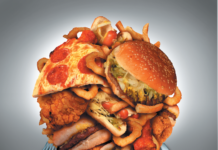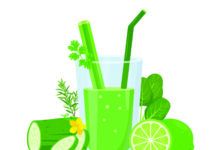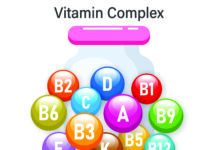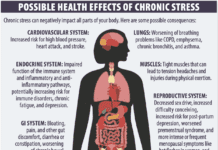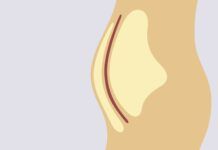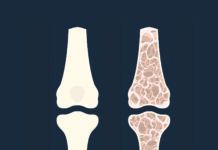Home Search
51 healthy foods - search results
If you're not happy with the results, please do another search
Drink Up to Stay Healthy and Hydrated This Summer
Every cell in your body needs water to function. Water transports nutrients and oxygen throughout the body, and carries away waste materials. Water makes up most of your body, ranging from about 75% of body weight in infancy to 55% of body weight at older ages. Your brain and heart are almost three-quarters water, your muscles and kidneys are almost 80% water, and even your bones are about 30% water.
Colorful Produce Could Help Counter “Middle-Age Spread”
Substituting colorful fruits and vegetables such as berries, peaches and peppers into your diet could help combat the gradual weight gain with age sometimes referred to as "middle-age spread." A large new study, published in BMJ, links greater consumption of foods high in plant pigments called flavonoids to less weight gain over time.
“Ultra-Processed” Foods Dominate US Diets
Nearly 60% of calories consumed by average Americans come from "ultra-processed" foods, according to a new study published in BMJ Open. Researchers from the University of So Paulo in Brazil, along with Dariush Mozaffarian, MD, DrPH, dean of Tufts' Friedman School, analyzed what 9,317 people reported eating in a 24-hour span.
Updated Nutrition for Older Adults
If you've got your AARP card but you're still eating the way you did in your 20s, it's time for your diet to act your age. While most nutritional guidance is "ageless," you do need to make some adjustments to fit the changing needs of your aging body.
REALITY CHECK 6 Iffy Claims About Reducing Salt
The latest Dietary Guidelines for Americans call for limiting sodium intake to no more than 2,300 milligrams daily. Although the 2015 revision put less emphasis on more restrictive limits for people 51 and older, African-Americans, and those with hypertension, diabetes or kidney disease, that shouldnt be interpreted as a green light to load up on salt.
Alpha- and Beta-Carotene Linked to Lower Breast Cancer Risk
A dietary pattern high in vegetables and fruits such as carrots, pumpkin, sweet potatoes, peppers, cantaloupe and dark leafy greens might help protect you against breast cancer. According to a new analysis of data from the European Prospective Investigation into Cancer and Nutrition study, women with higher blood levels of alpha- and beta-carotene were significantly less likely to have breast cancer.
2015 Dietary Guidelines for Americans: The Good, the Bad and the Ugly
[IMGCAP(1)] Earlier this year, the federal government released the new Dietary Guidelines for Americans (DGAs). (See our March Special Report.) As a cardiologist, public-health advocate and nutrition scientist, I see a lot of good in the DGAs. First, the DGAs emphasize healthful eating patterns and foods. This is an advance over past guidelines, which focused more on isolated nutrient targets. Modern nutrition science tells us that, for preventing major diseases like obesity, diabetes, heart disease and cancers, its…
Secrets of Uncle Sams Nutrition Prescription
Every five years, your Uncle Sam rounds up the latest scientific evidence about nutrition and serves up advice about what to eat and drink for better health. The resulting Dietary Guidelines for Americans (DGA) - whose eighth edition was released in January - provides basic guidance to the American public about healthy eating patterns and shapes nutrition education programs.
“Healthy” Viewed as “Less Filling”
Mistaken perceptions that healthier foods are also "less filling" might cause consumers to overeat such foods, even when calorie counts are clearly displayed.
Dietitians Forecast Healthy-Eating Trends
Seeds and avocados will steal some of the healthy-eating spotlight from kale in 2016, according to a survey of registered dietitian nutritionists (RDNs).

